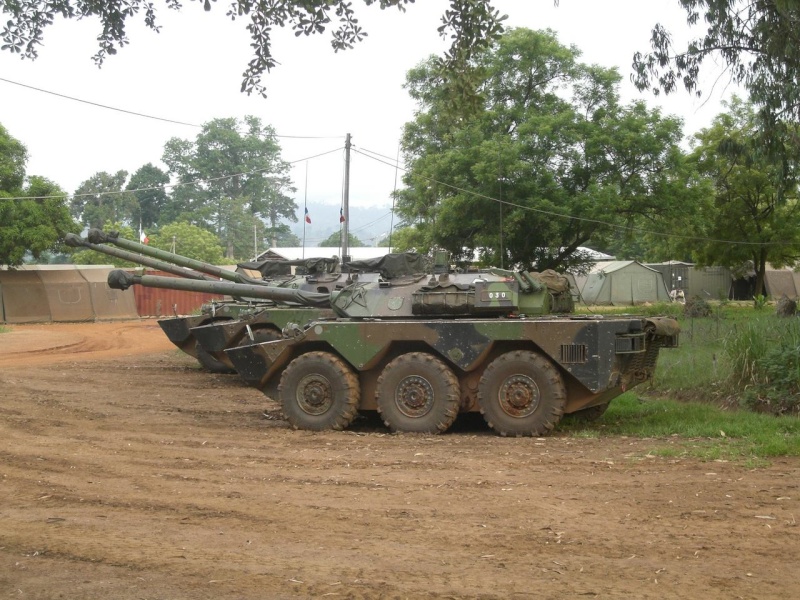I didn't realize there was going to be a quiz.

Keeping in mind that the number of "Thunder Run" convoy escort missions I have conducted is exactly ZERO (and so I am extrapolating based on common sense and what I have read) here is the problems as I see it:
1) The vehicles being escorted have little to no armour protection, and are highly explosive to boot. They cannot take hits. They are fast while on roads. They are large targets, of which the majority of their volume encloses vital areas.
2) The weapons used by the enemy are aimed by naked eye over unmagnified sights, and have no range measurement capability, ballistic computers, or lead compensation, and so they will have trouble making a first-round hit on a moving target. They will have to adjust fire as they go.
3) Speed, therefore, is life. The convoy Must Not Stop, because once stopped, the enemies' weapon systems no longer need to worry about lead compensation; their problem becomes one of range estimation and marksmanship (plus with the convoy stationary, they will get more shots off, and each shot taken is more information to correct the firing solution)
4) If we assume an RPG-16 with an effective 800m range 100 metres back from the road, it will take a vehicle moving 70 km/h 82 seconds to traverse his potential firing arc.
5) That gives the escort 82 seconds to identify him, get a weapon pointed at him, get a firing solution, and get rounds on target. The escorts's task is made a little easier in that he need not kill the target, he need only supress him for the 82 seconds required to get clear. The escort's task is made easier by the fact that he may have access to magnifying optics, gun stabilization, laser rangefinding, and thermal sights. The escort's task is made harder by the fact that he probably cannot decisively identify the enemy as a threat until the enemy gets his first shot off. The escort's task is made easier by the fact that the enemy is probably stationary. The escort's task is made harder by the fact that there may be many enemies in the location, all of whom will need to be supressed.
This all suggests to me that the ideal escort weapons are those that can be brought on target quickly, that get multiple shots in a short time frame, can affect a large(ish) area, and need not hit directly in order to supress the enemy. An added bonus is some sort of tracer effect, so that the act of firing draws the attention of other escort weapons to the area being supressed so they can join in.
25mm fires explosive rounds at a reasonably high rate of fire, as does the 40mm grenade launcher, so they can (I would think) be expected to supress a good sized area. MG's don't get the burst effects, but they have a higher rate of fire. All three weapons can be quickly walked on target by watching the trace, so I would expect them to make good quick-reaction supression weapons. More deliberate weapons systems (like the 105) I would expect to be less effective - even if they have a larger area of effect when on target - because the consequences of a miss are larger. If you miss big with a 105, you're looking at, what, 10 seconds or so before you get another round off? (What's the standard for Leo gunnery?) How fast does the MGS cycle?
But I reserve the right to be completely wrong.
Tactics we can discuss in another thread.
DG




